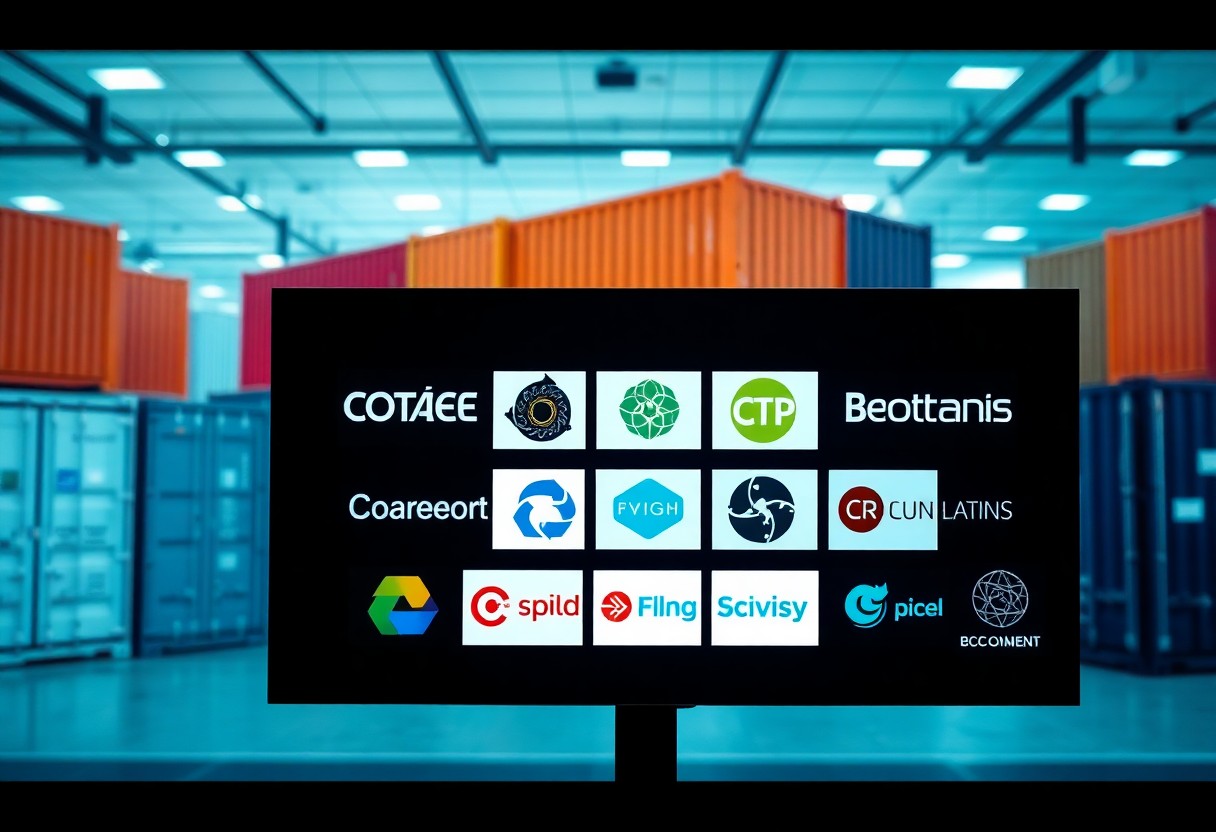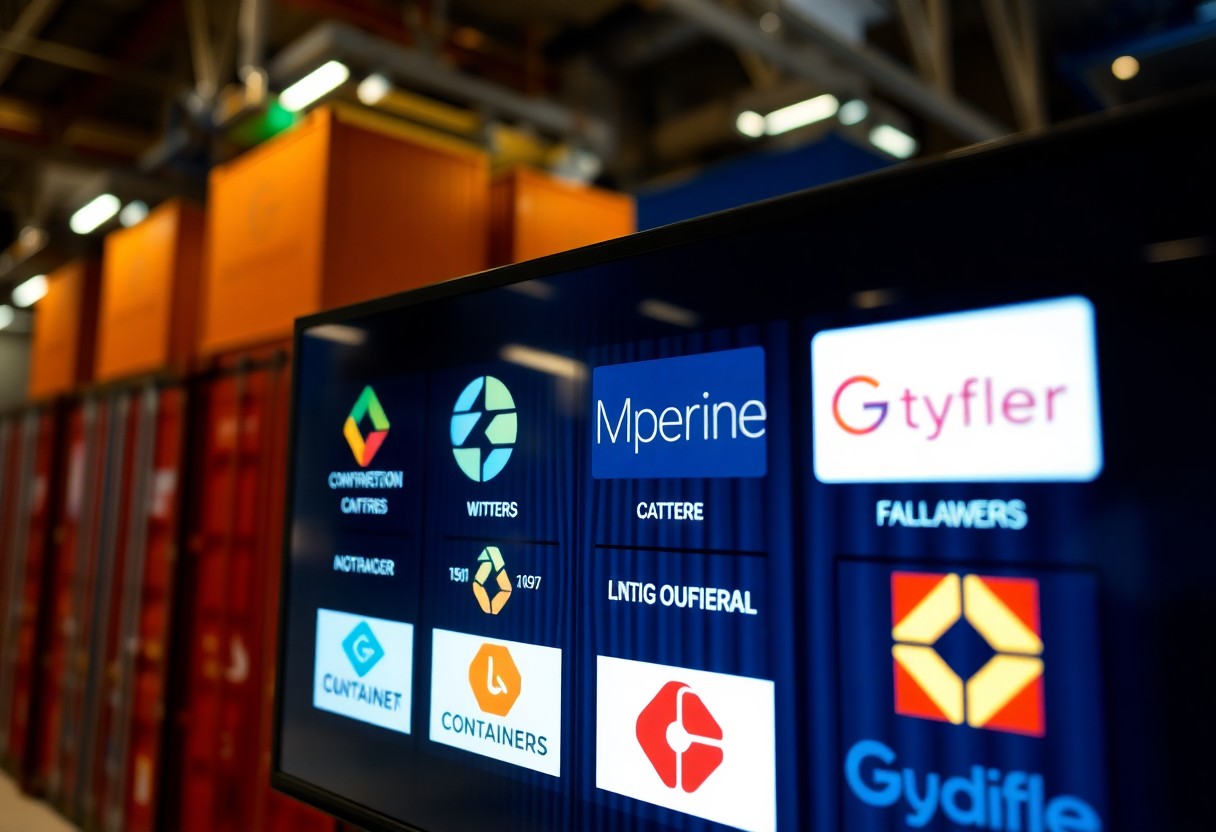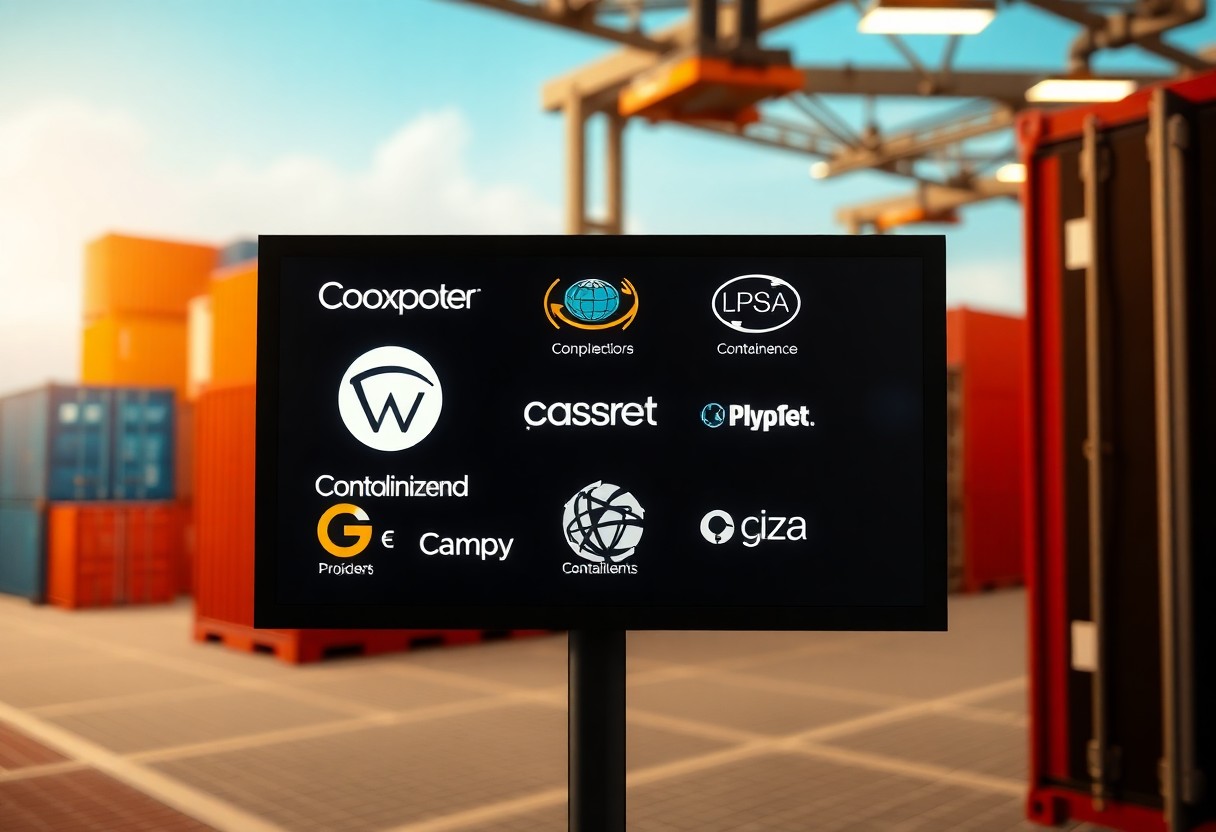There’s a growing demand for efficient, scalable software deployment, and containerization technologies play a key role in meeting this need. In this blog post, you will explore the diverse landscape of containerization, focusing on popular options like Docker, Kubernetes, and others. Understanding their unique features and benefits will empower you to make informed decisions for your projects. Additionally, you’ll gain insight into potential challenges that come with each technology, enabling you to navigate the containerization ecosystem effectively and enhance your software development strategy.
Overview of Containerization Technologies
To understand the landscape of modern application deployment, you must familiarize yourself with various containerization technologies. These solutions encapsulate applications and their dependencies into standardized units, enabling seamless development, deployment, and scaling across diverse environments. By leveraging containerization, you can enhance resource utilization, streamline workflows, and maintain consistent environments, paving the way for agility in software development.
Definition and Purpose
Against traditional virtualization methods, containerization offers a lightweight alternative for running applications, as it shares the host system’s operating system kernel while isolating the application processes. The primary purpose is to simplify deployment and improve efficiency, allowing you to run multiple applications on a single system without the overhead of individual operating systems.
Historical Development
Containerization has evolved significantly over the years, from its early days with chroot and BSD jails to the more contemporary implementations like Docker and Kubernetes. Containerization gained momentum in the early 2010s, as developers sought solutions that could streamline deployment. This shift was motivated by the need for more efficient resource management and scalability, leading to the adoption of containers in microservices architectures.
Plus, the introduction of Docker in 2013 provided a user-friendly platform for creating, deploying, and managing containers, which dramatically transformed the landscape of application deployment. Faster build and deployment cycles became the norm, and the shift towards cloud-native applications intensified. As container orchestration tools like Kubernetes and OpenShift emerged, they further enhanced your ability to manage complex containerized environments, promoting scalability and resilience. Thus, the historical development of containerization reveals a clear trajectory toward enhanced performance and flexibility in software deployment.
1. Diverse containerization options exist for various use cases.
2. Docker remains a leading choice for simplicity and support.
3. Kubernetes excels in orchestration and scalability of containers.
4. OpenShift offers enterprise-level features and support integrations.
5. Podman provides a daemonless alternative to traditional container tools.
6. Compatibility between technologies enhances flexibility in deployments.
Virtual Machines vs. Containers
Now, as you consider the best approach for your application deployment, it’s crucial to understand the distinctions between virtual machines (VMs) and containers. While both technologies serve the purpose of virtualization, they operate on fundamentally different architectures. VMs create isolated instances of entire operating systems, which can be resource-heavy and slower to start. In contrast, containers share the host operating system kernel, resulting in lightweight environments that can be deployed rapidly.
Key Differences
Behind the scenes, the architecture and deployment of VMs and containers reveal some key differences. Virtual machines emulate complete hardware stacks, while containers operate at the application layer, sharing the same OS kernel. This disparity means that VMs can run different operating systems on a single physical machine, whereas containers are limited to running on a compatible host OS. Consequently, this influences the overhead, resource allocation, and flexibility of each technology.
Performance and Resource Efficiency
On the topic of performance and resource efficiency, you’ll find that containers typically outperform virtual machines. Since containers share the host OS resources and start almost instantly, they require far less overhead compared to VMs. This efficiency allows you to maximize your server usage and reduce your infrastructure costs, ultimately allowing you to achieve greater scale with less effort.
Understanding performance and resource efficiency in the context of containers versus VMs is key to optimizing your deployment strategy. Containers aggregate and distribute workloads effectively, leading to better utilization of your hardware. Unlike VMs, which can consume significant amounts of memory and storage, containers are lightweight, allowing you to run multiple instances simultaneously without overwhelming your infrastructure. This enables you to scale your applications efficiently while also minimizing deployment times and enhancing responsiveness to changes in your operational demands.

Popular Containerization Platforms
Unlike traditional virtualization methods, containerization technologies deliver flexibility and efficiency in deploying applications. Popular platforms like Docker, Kubernetes, and OpenShift are redefining how you build, manage, and scale your applications in diverse environments.
Docker
By utilizing a simple command-line interface and API, Docker allows you to create, deploy, and manage containers easily. With its widespread adoption, it has become the de facto standard for containerization, enabling smooth collaboration across development and operations teams.
Kubernetes
Platforms like Kubernetes orchestrate containerized applications to ensure they’re running efficiently across your infrastructure. By automating deployment, scaling, and management, Kubernetes makes it simple to maintain high availability and fault tolerance in your applications.
Further, Kubernetes supports a vast ecosystem of tools and services that enhance its capabilities. With features like automated updates, self-healing, and load balancing, it’s designed to make your container management process seamless. Its easy scalability enables you to respond rapidly to changing demands, while being cloud-provider agnostic to ensure your architecture remains adaptable.
OpenShift
Across the enterprise landscape, OpenShift stands out by providing a comprehensive solution built on Kubernetes. It delivers additional tools and features for developers, making your container management more streamlined.
This platform emphasizes enhanced security, built-in CI/CD pipelines, and a developer-friendly environment. By integrating with Red Hat technologies, OpenShift offers robust support and a strong community network. This ensures you maintain a consistent, secure, and scalable deployment process to meet your business needs effectively.
Security Considerations in Containerization
Many organizations are adopting containerization technologies, but it is crucial to address security vulnerabilities that come with their use. Each container runs in isolation, protecting the host system, but misconfigurations and unpatched vulnerabilities can expose you to risks. Understanding these security considerations is vital for maintaining the integrity of your applications and their data.
Common Vulnerabilities
On many occasions, container security issues arise from using outdated images, insecure default settings, and lack of proper access controls. These can lead to unauthorized access, data breaches, and compromised application integrity, so you must remain vigilant against these threats.
Best Practices for Secure Container Deployment
Container security should be a top priority in your deployment strategy. Implementing security measures like image scanning, strict access controls, and regular updates can significantly reduce your risk exposure.
Even with robust security protocols, exposure can occur if you neglect certain aspects of container deployment. Prioritize using official and trusted base images, regularly scan for vulnerabilities, and ensure that least privilege principles are applied to user permissions. Keep your containers updated and continuously monitor their behavior in production to quickly identify any anomalies. Additionally, consider integrating security tools into your CI/CD pipeline for automated checks. These practices contribute significantly to a more secure container environment.

Use Cases and Industry Adoption
Once again, containerization technologies are being widely adopted across various industries for their versatility and efficiency. For more insights, you may find A performance comparison of container-based solutions invaluable. Industries leverage these technologies to streamline deployments, enhance scalability, and improve resource utilization in environments ranging from microservices to data analytics.
Case Studies
About the impact of containerization, several case studies illustrate its effectiveness:
- Netflix: Achieved over 120 billion container starts daily, enhancing video streaming capabilities.
- Spotify: Reduced deployment times from several hours to minutes, improving feature release cycles.
- Alibaba: Managed over 1 billion transactions daily during peak sales, supporting high availability.
- Groupon: Migrated 90% of their applications to containers, cutting their infrastructure costs by up to 30%.
Sectors Leveraging Containerization
Across numerous sectors, including technology, financial services, and healthcare, containerization has emerged as a game changer. These sectors benefit from improved application deployment speeds and flexibility, enabling rapid innovation.
Consequently, your operations can greatly benefit from containerization. In the technology sector, you can deploy microservices more efficiently, while in financial services, you can ensure compliance and security through isolated environments. The healthcare sector harnesses containerization to manage sensitive data, streamlining processes and enhancing patient care. Embracing these technologies positions you to maximize productivity and stay competitive.
Future Trends in Containerization
All indications suggest that containerization will continue to evolve and play an crucial role in modern IT infrastructure. As organizations seek more efficient, scalable, and secure solutions to manage their applications, you can expect a growing emphasis on integration with cloud-native services, advanced orchestration, and improved security measures. Innovations in this space will enable smoother transitions between environments and better support for diverse workloads.
Emerging Technologies
Before submerging into the future of containerization, you should be aware of several emerging technologies that promise to reshape the landscape. Concepts like microservices architecture and serverless computing are becoming increasingly popular, fostering more efficient resource management and deployment. Additionally, advancements in AI and machine learning will aid in optimizing container orchestration, potentially enabling predictive scaling and automated troubleshooting.
Expected Developments
Developments in containerization are likely to focus on enhanced security protocols and improved integration for hybrid cloud environments. You can anticipate the emergence of container security tools that will actively monitor vulnerabilities, ensuring your applications remain protected. Furthermore, as the industry embraces automated CI/CD pipelines, the deployment process will become more seamless, reducing the potential for human error and accelerating your time to market.
Also, you may see increased collaborations among cloud service providers to create standardized containerization frameworks, promoting interoperability and flexibility across platforms. The rise of edge computing will further drive the need for containerized solutions that can operate efficiently in distributed environments. Additionally, as you navigate these changes, the development of more comprehensive monitoring tools will enable you to maintain visibility and control, ensuring that you can effectively manage your containerized applications and address challenges proactively.




